Colak

















In the Colak font package:
Main Fonts: 1 weights Available in TTF format.
Web Fonts: woff and woff2 formats.
My journey in type design and typography goes beyond a mere fascination with the artistic form. It is driven by a profound exploration of how these shapes interact with essential human activities such as reading and information processing. I believe that the right typography can enhance the communication experience, making it more accessible, engaging, and meaningful. Throughout my career, I have honed my skills in crafting beautiful and functional typefaces that capture the essence of the Arabic script. I am proficient in utilizing cutting-edge design software and techniques to create visually striking and technically precise type designs. Collaboration is at the heart of my creative process. I enjoy working closely with clients, fellow designers, and experts in the field to understand their unique requirements and deliver tailored solutions that exceed expectations. Whether it’s designing custom typefaces for branding projects or creating legible and harmonious fonts for publications, I am committed to delivering exceptional results that align with the vision and purpose of each project. As a lifelong learner, I stay updated with the latest trends, research, and advancements in the field of typography. I actively participate in workshops, conferences, and online communities to expand my knowledge and skills, ensuring that my work reflects the highest standards of quality and innovation. Academic Education: -Master of visual art in graphic design, reading type & typography. PXL-Mad university of college arts & media, Hasselt, Belgium, 2021-2023. -Master of science in visual communication. Azad university science, research and technology branch, Tehran, Iran, 2019. -Bachelor of visual communication. Enghelab technical college, Tehran, Iran, 2014. -Associate degree in graphic design. Enghelab technical college, Tehran, Iran, 2010. -Diploma in graphic design. Hamedan technical highschool of fine arts, Iran, 2006.





























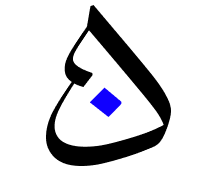





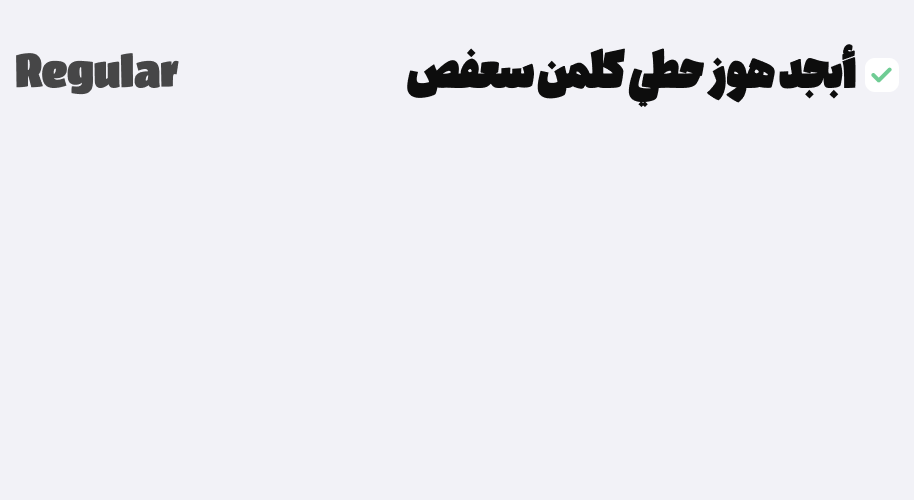
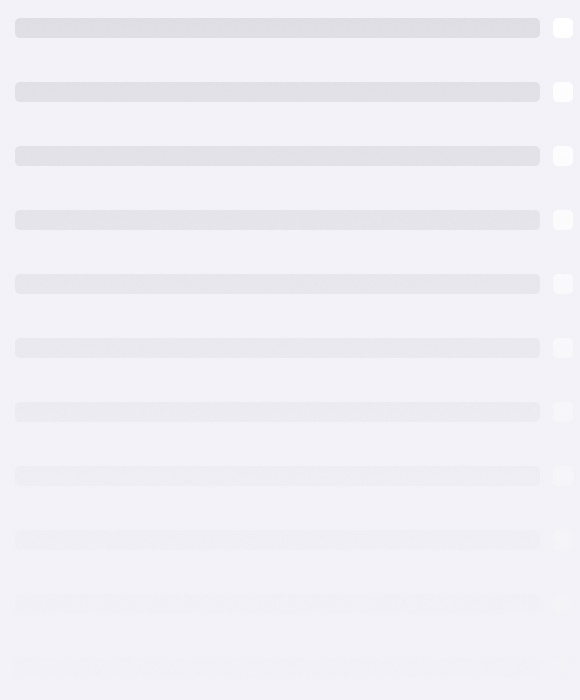

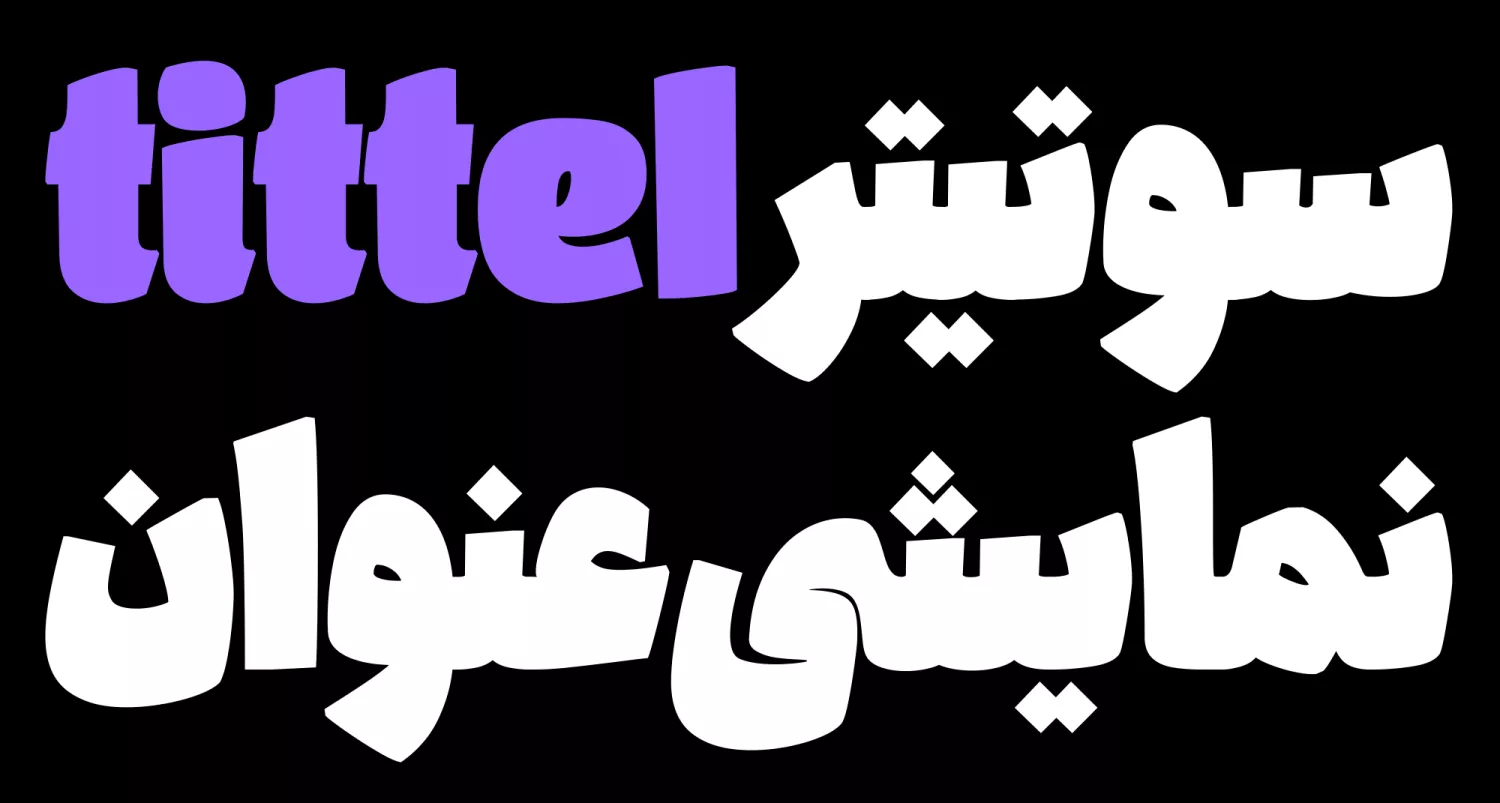
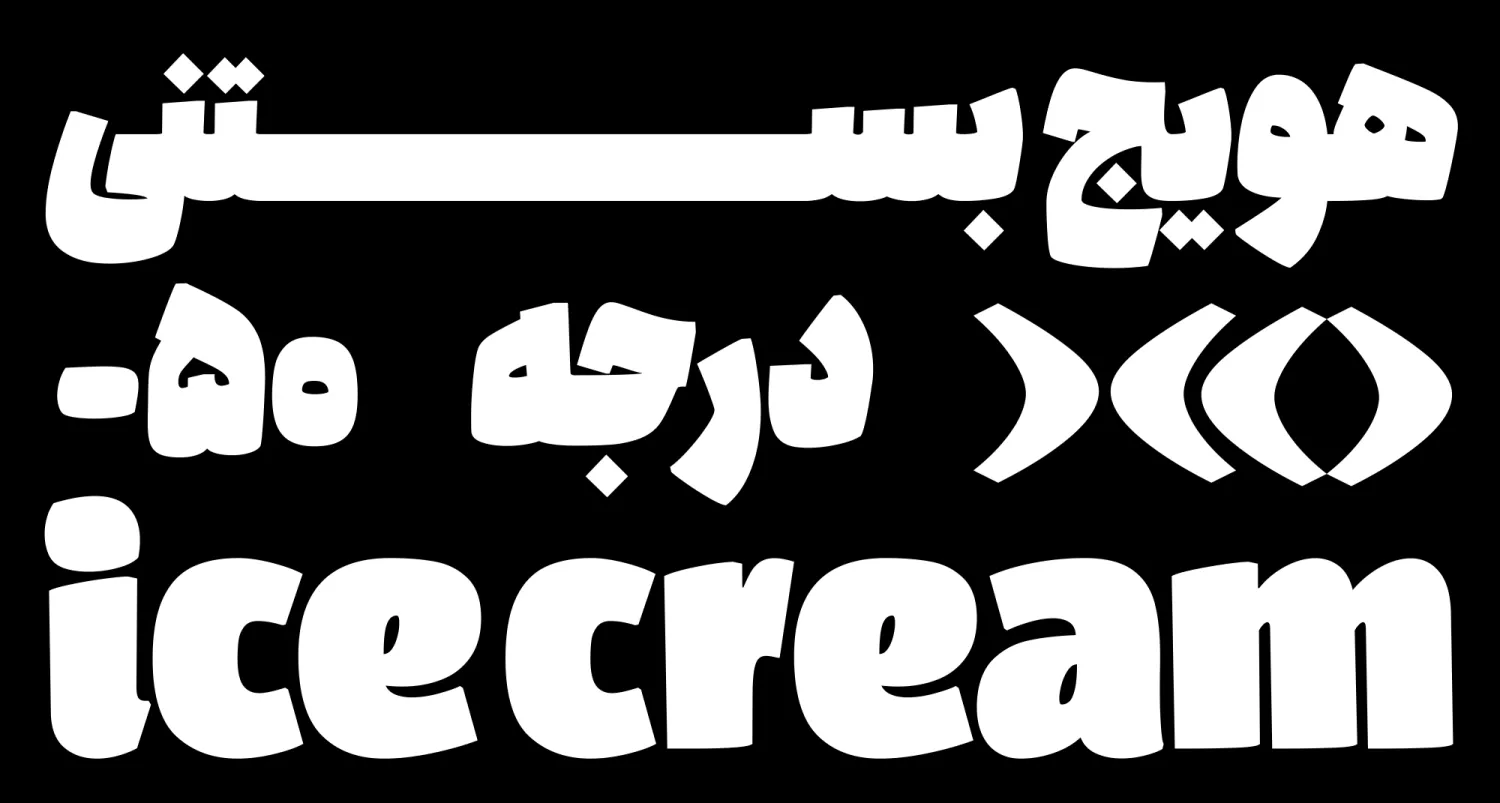
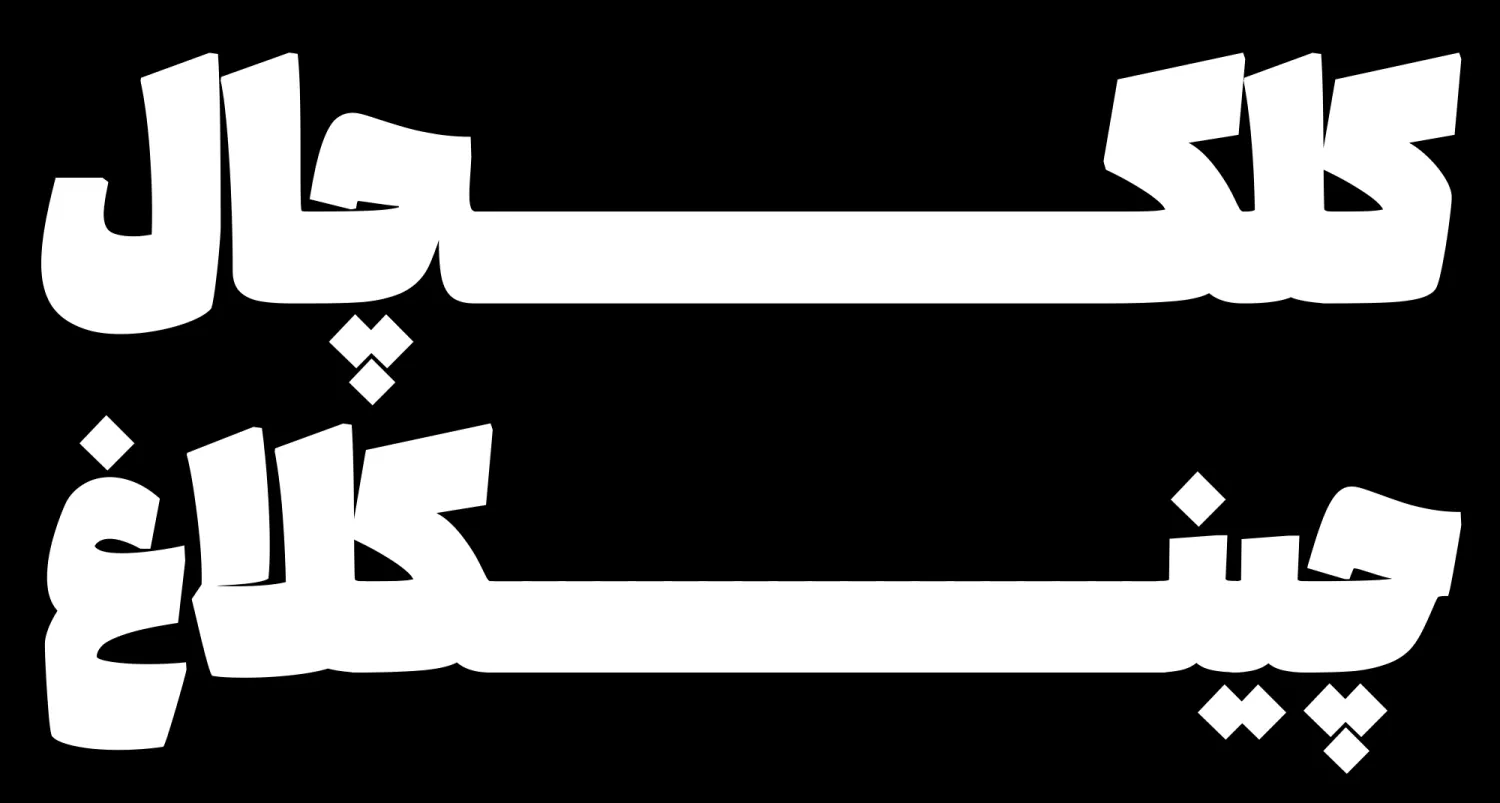
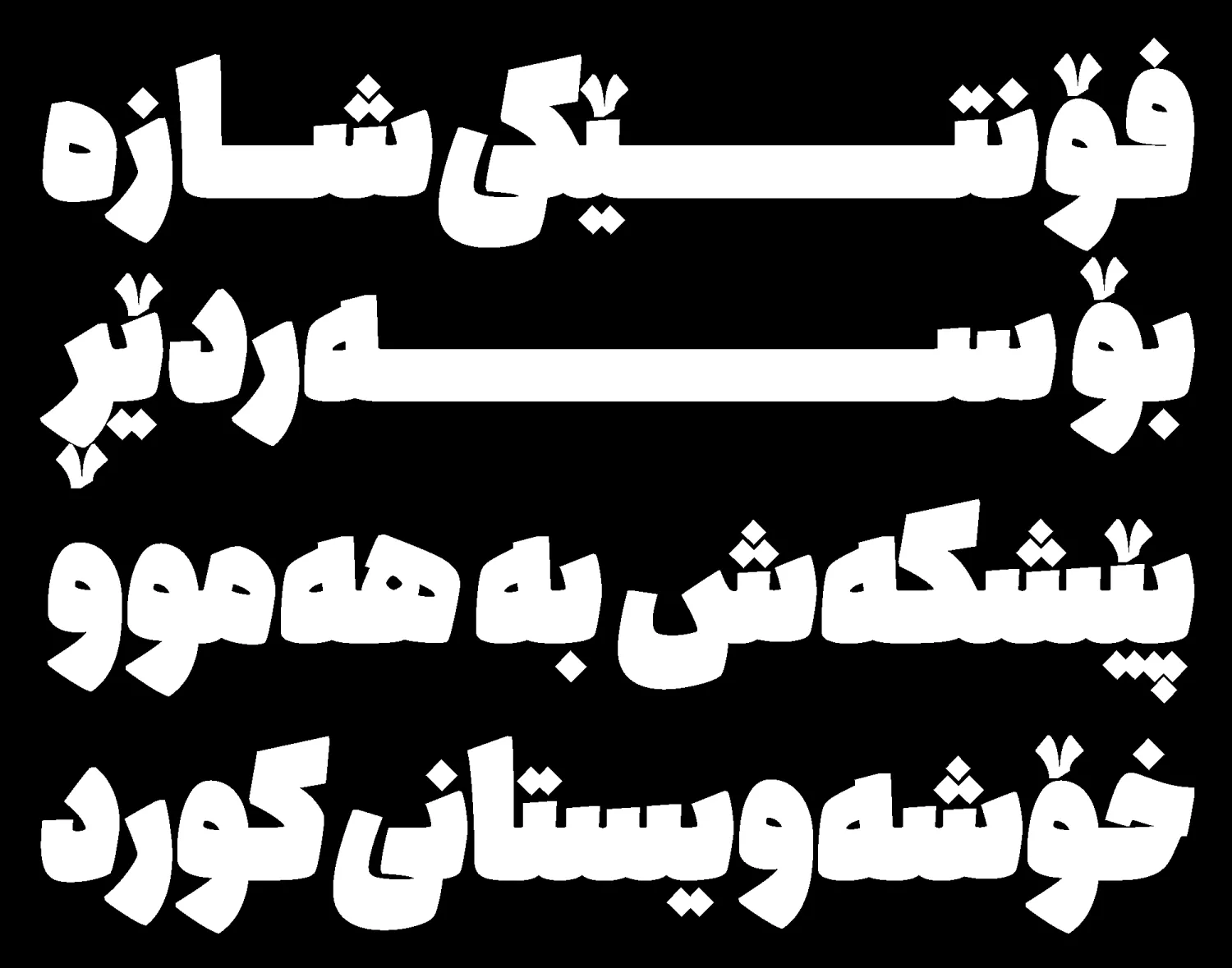
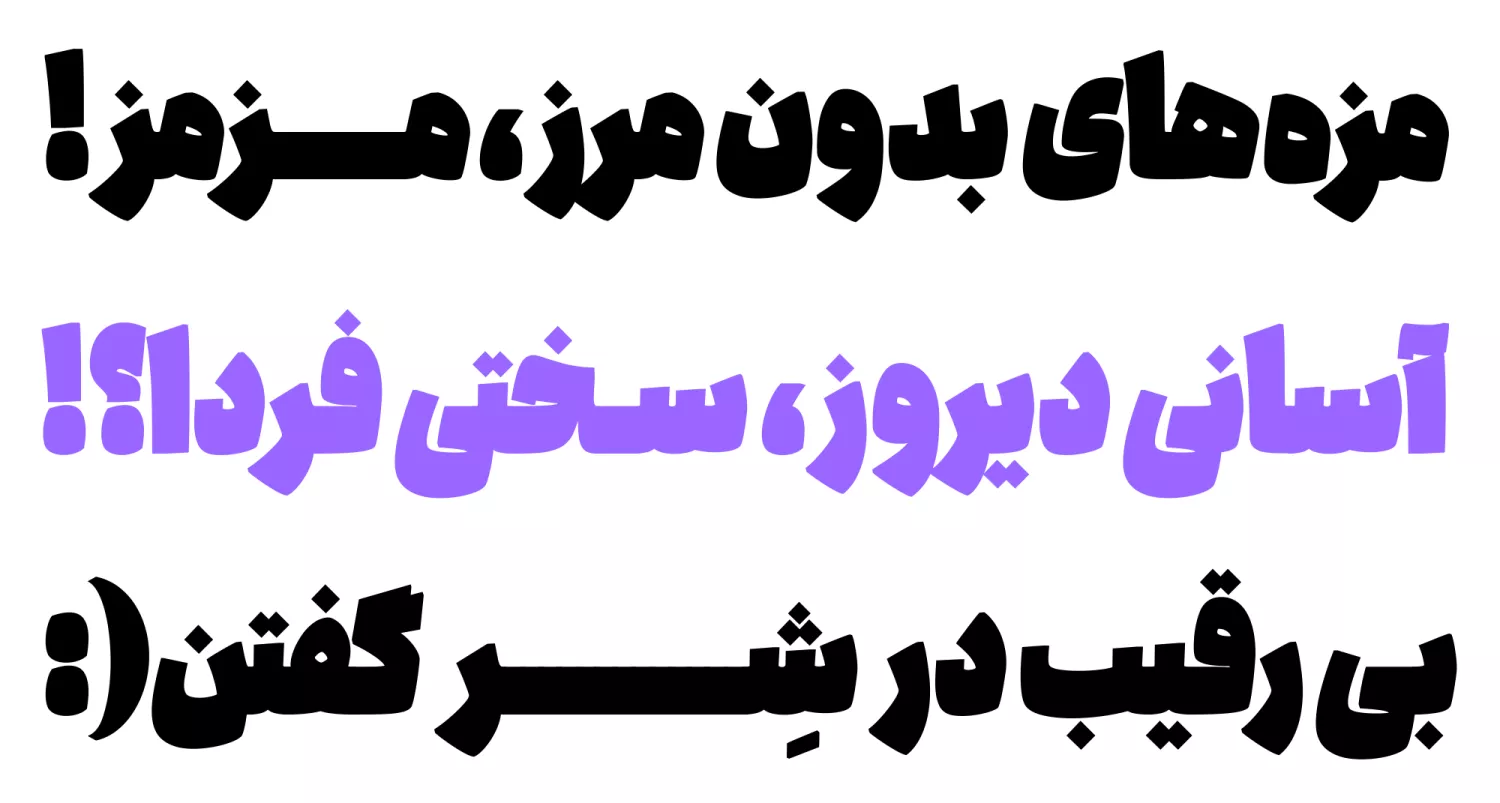
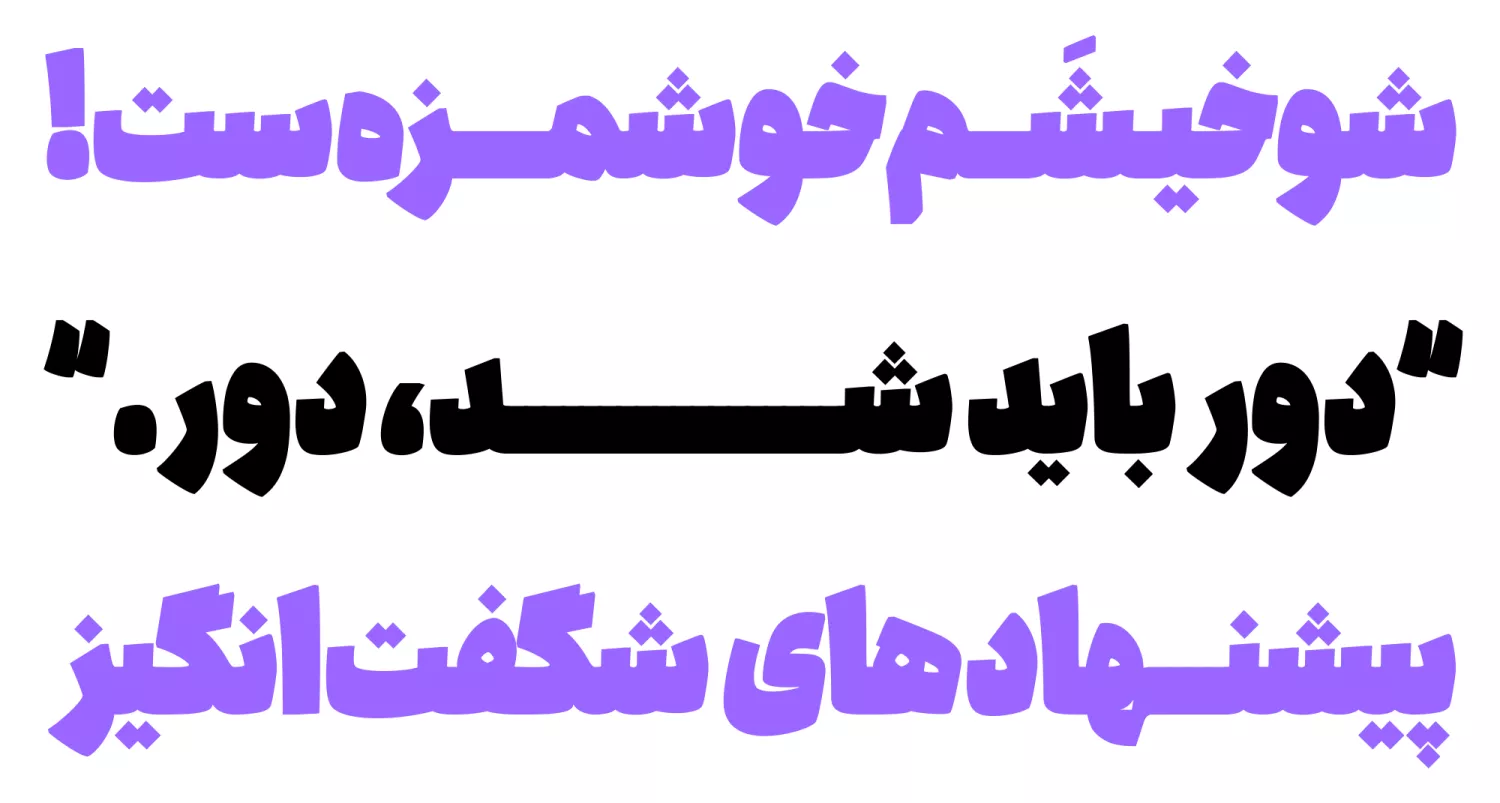
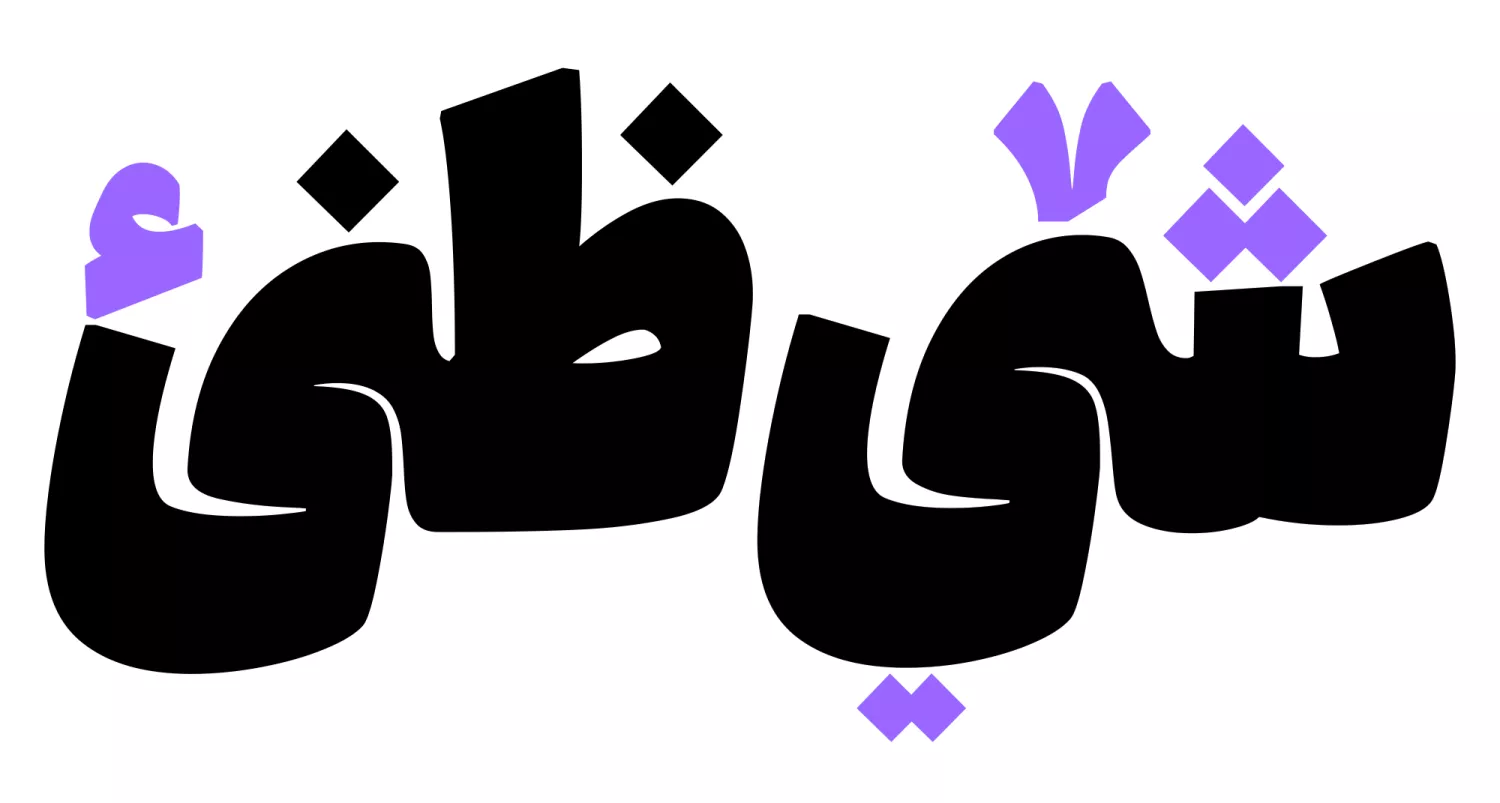
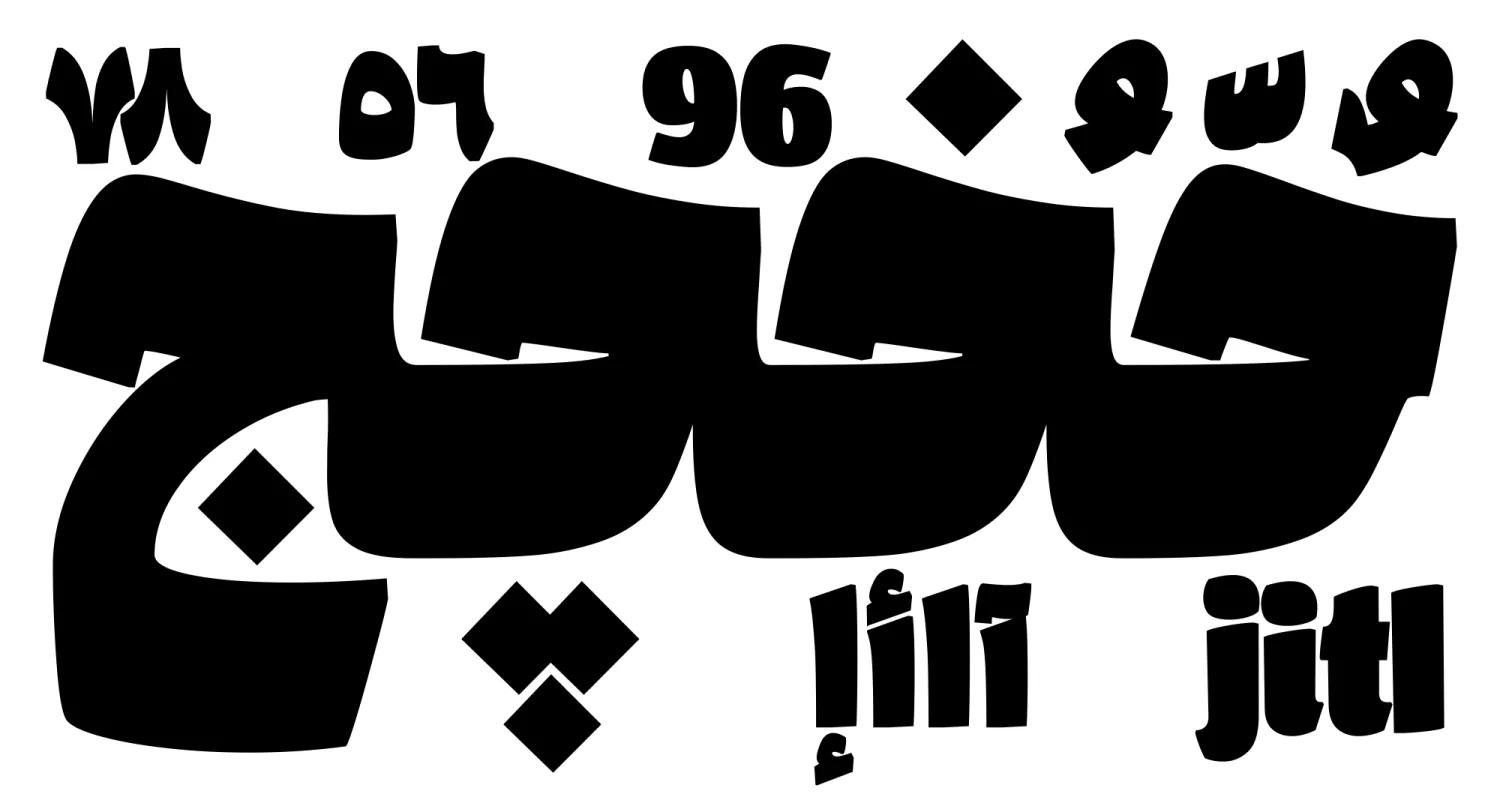
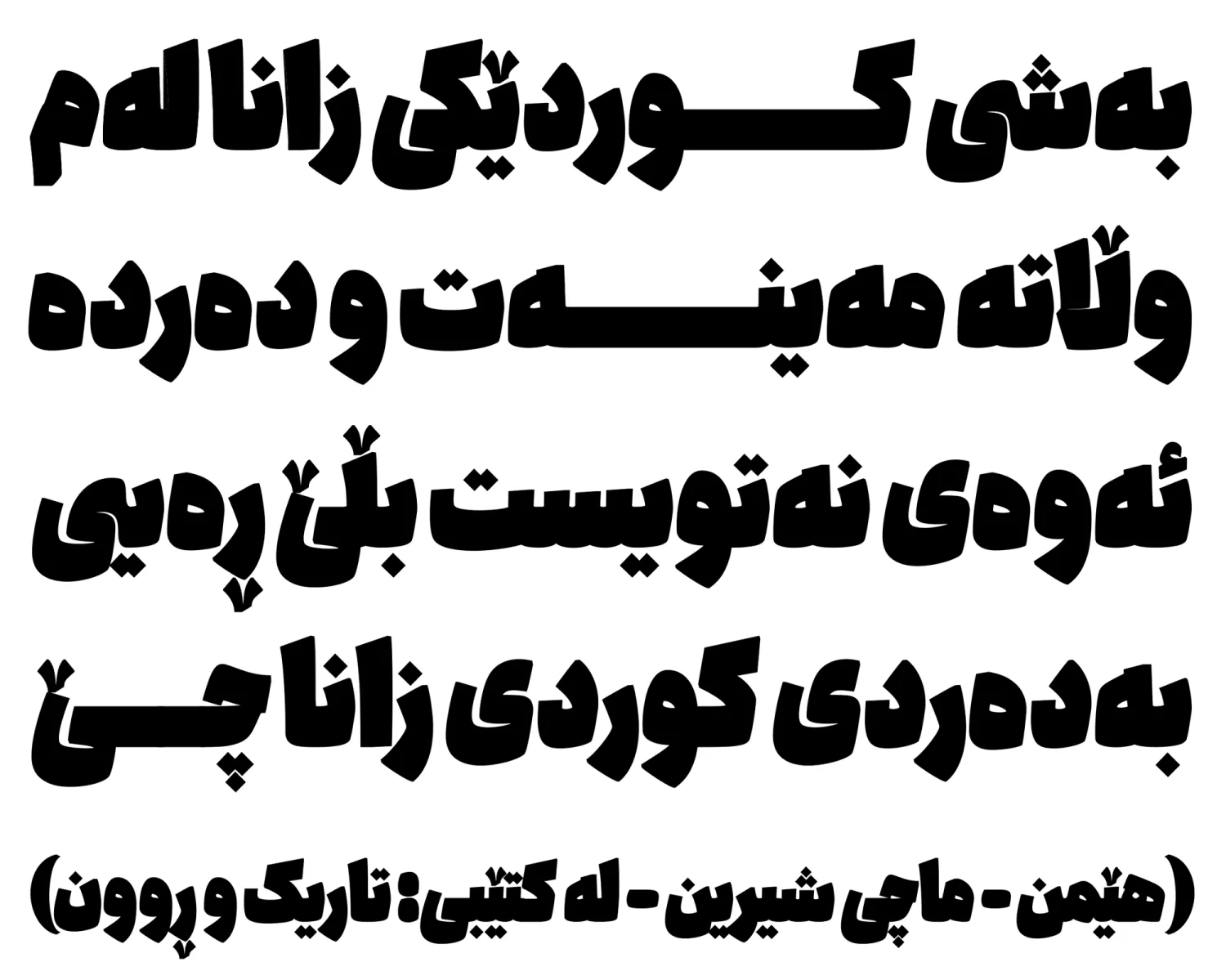
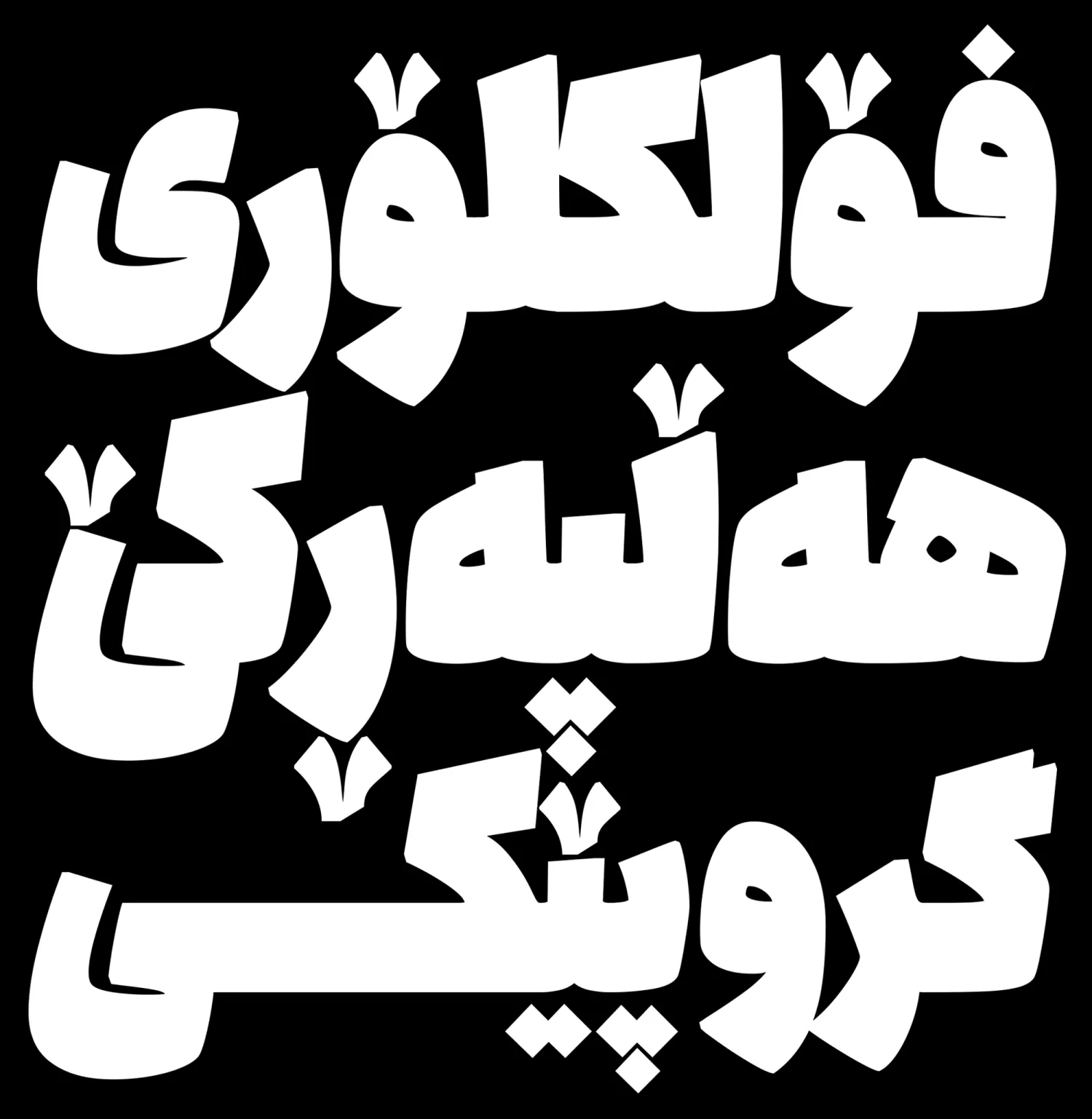
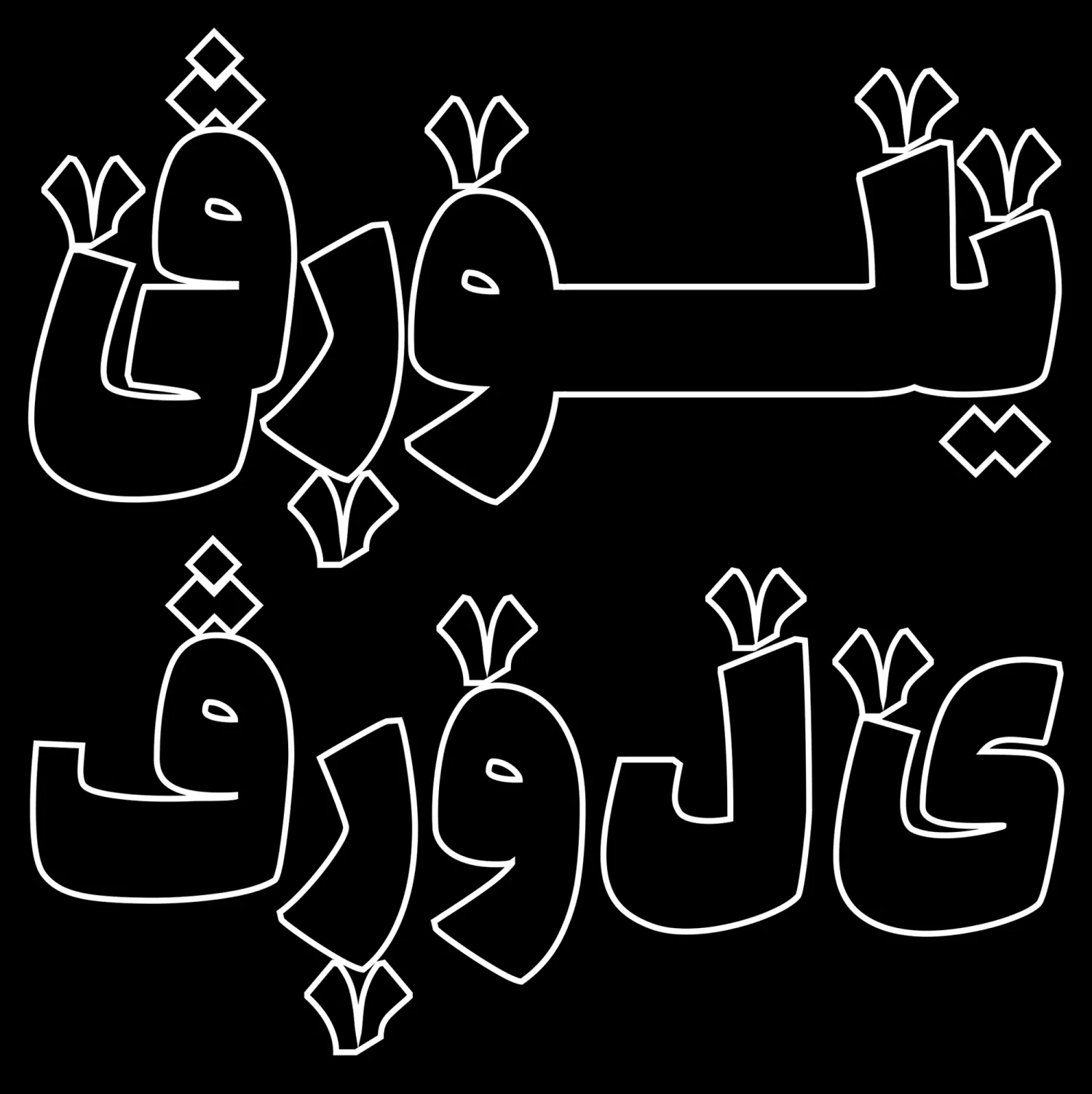

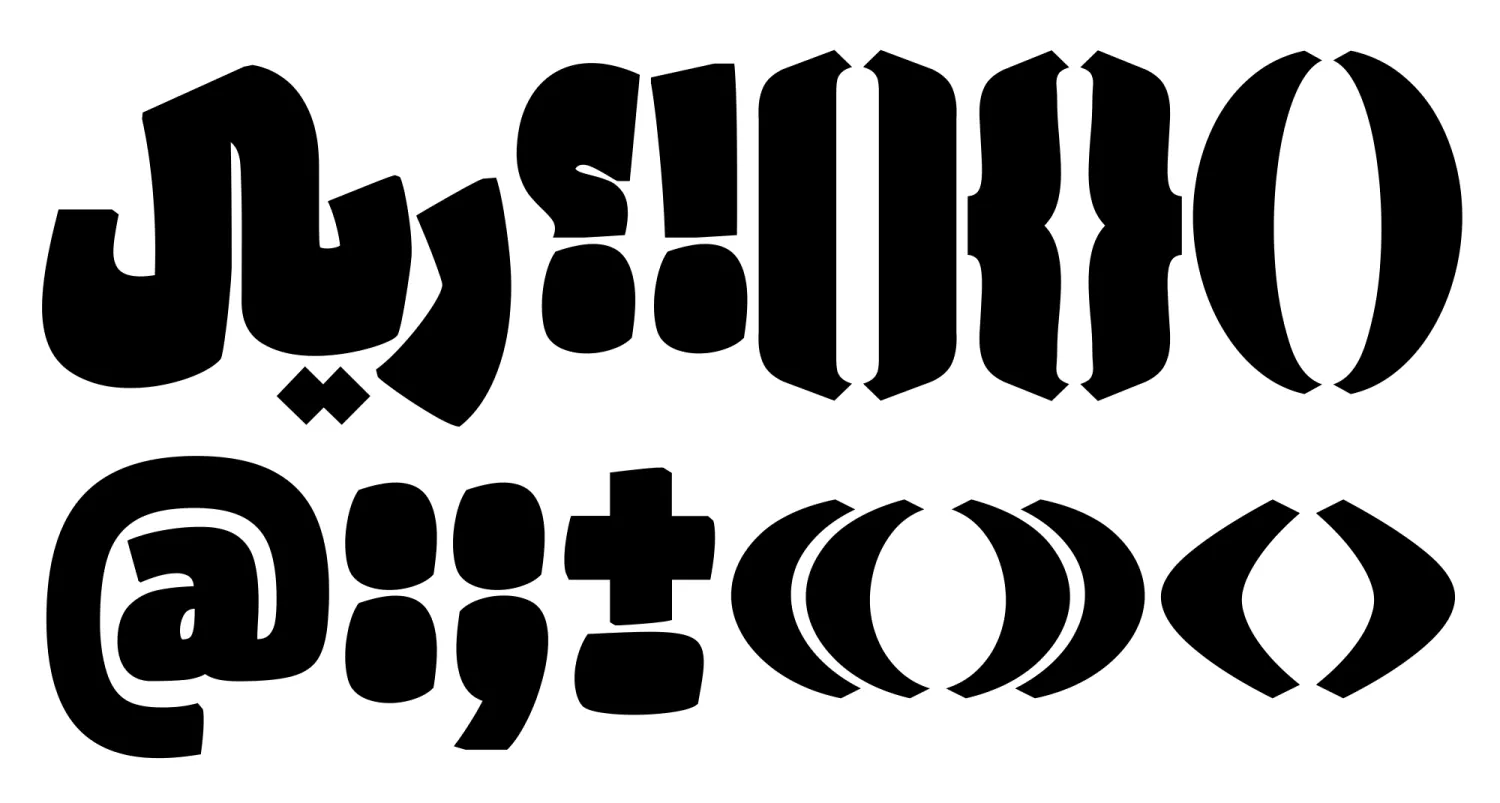
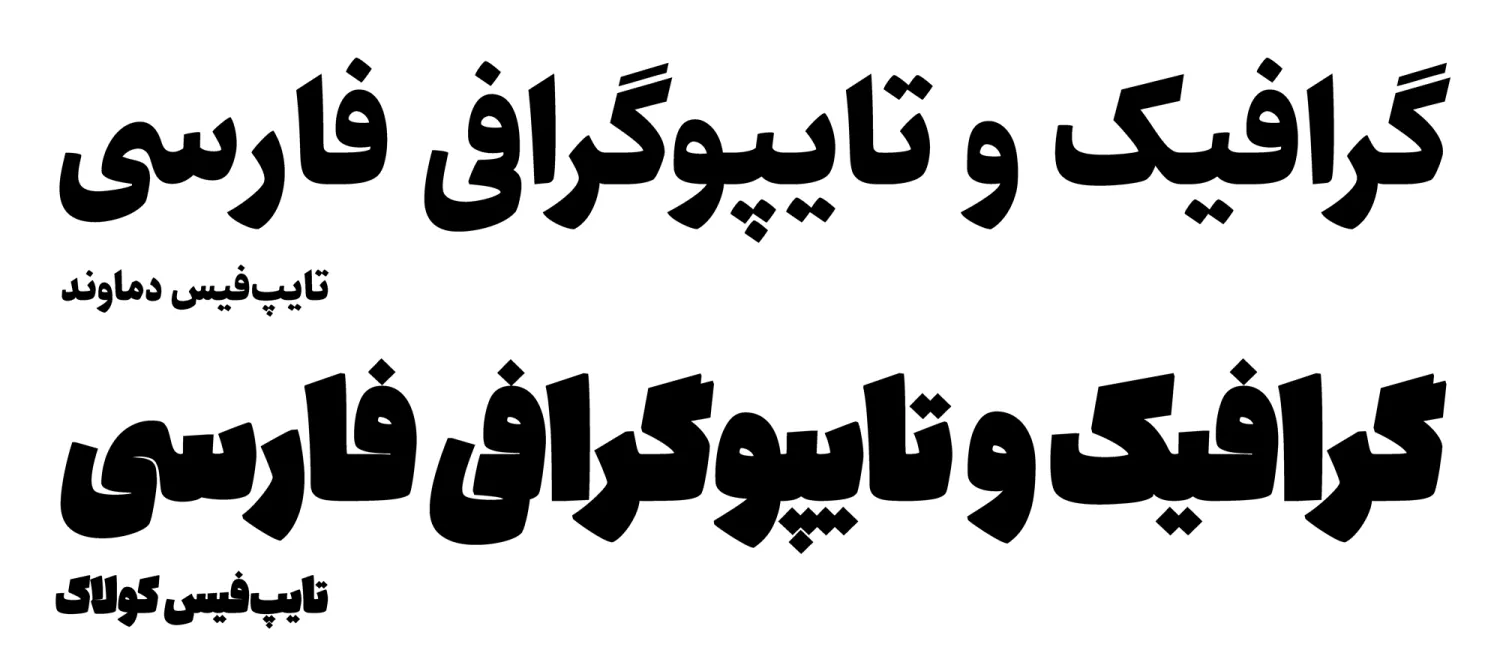
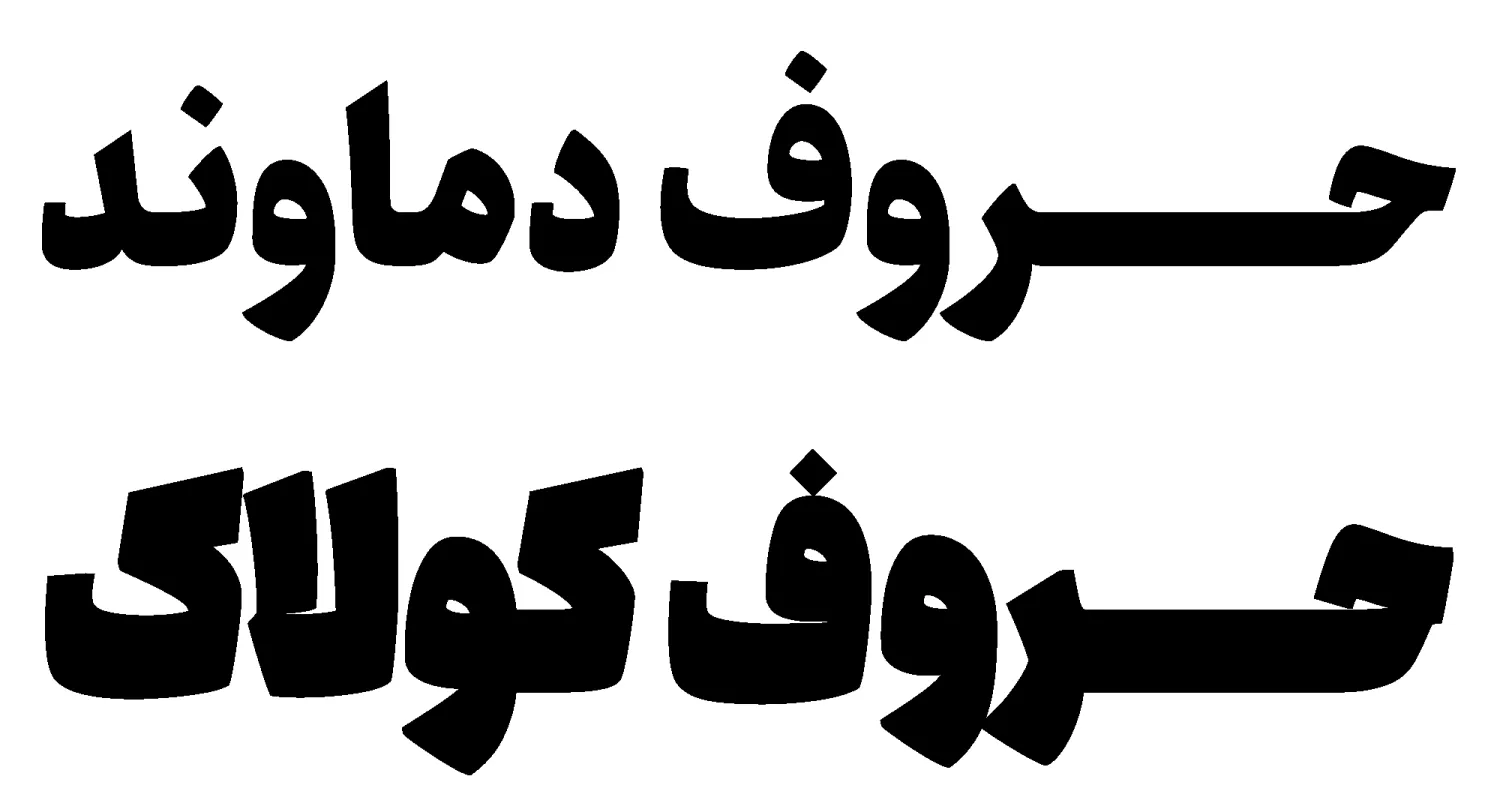
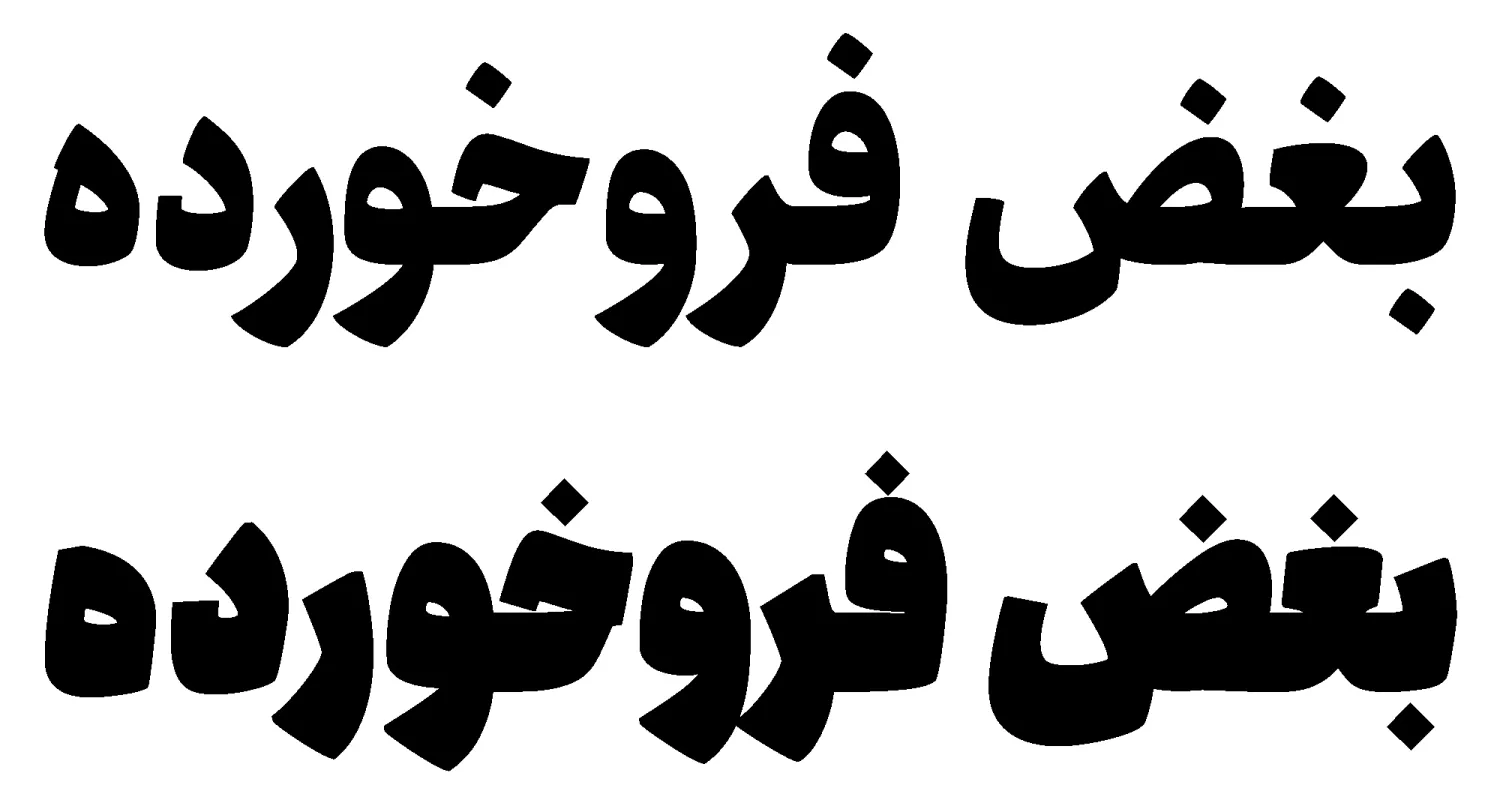
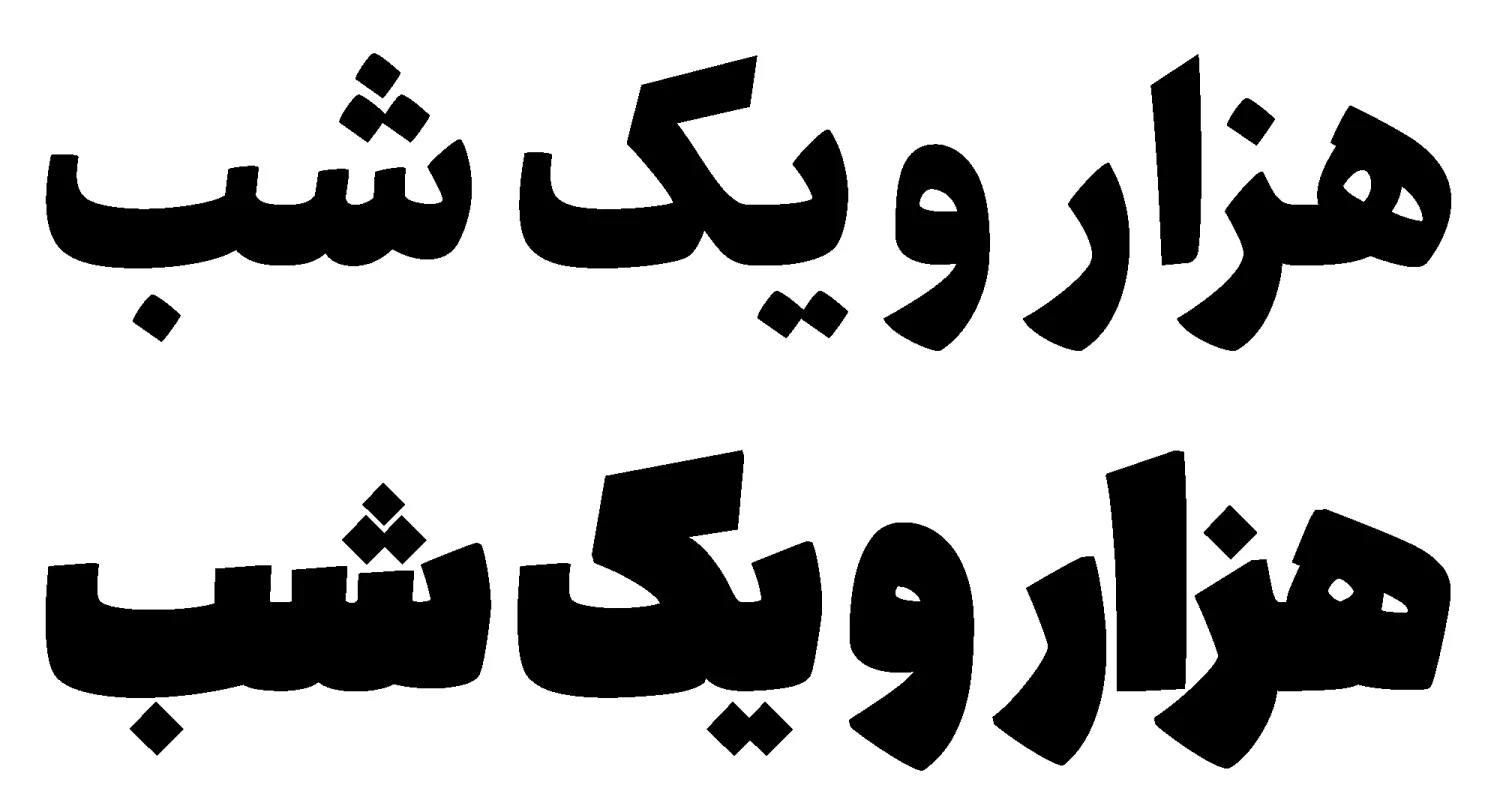
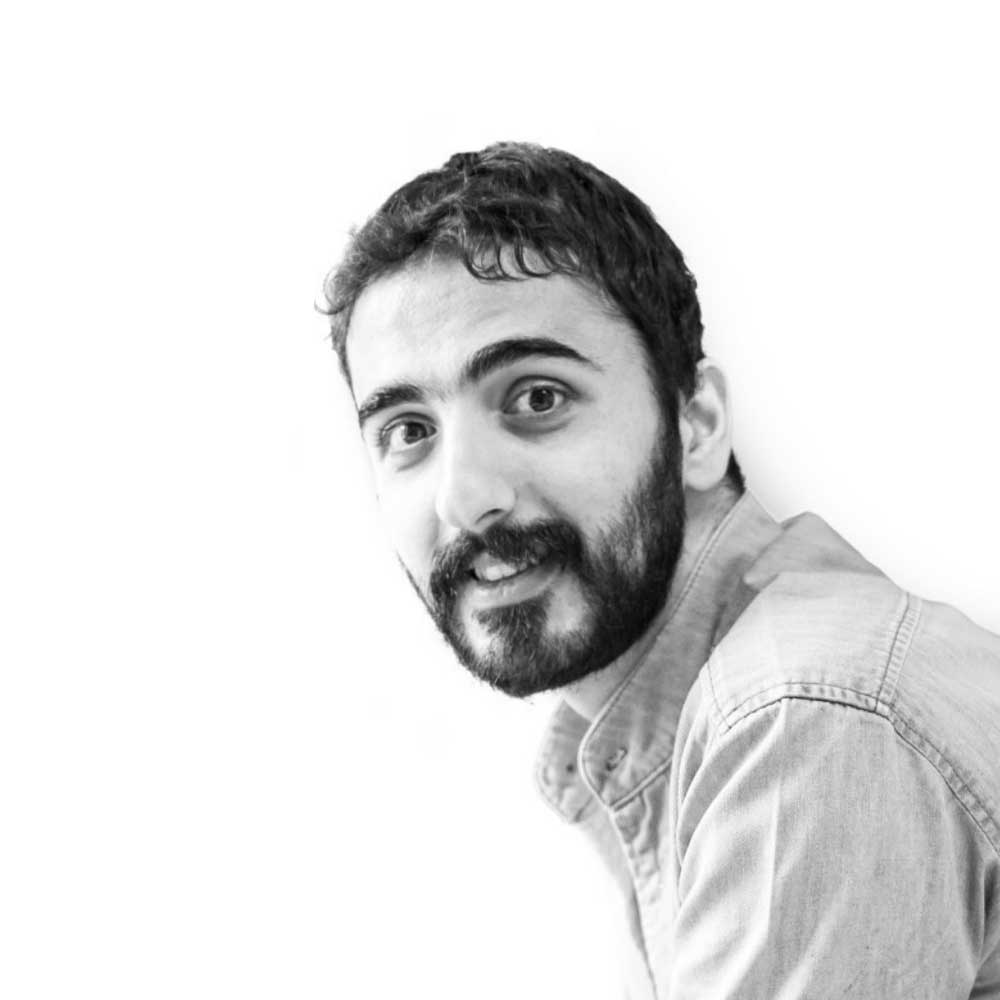





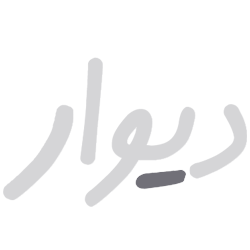

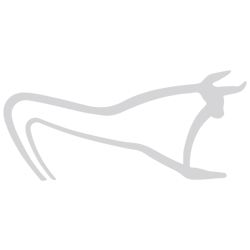
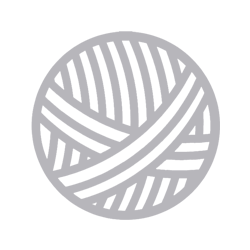


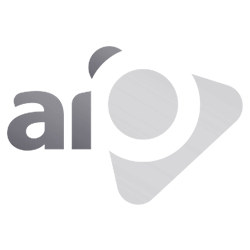
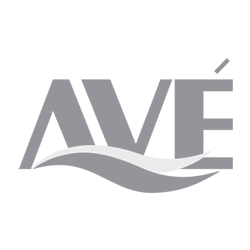
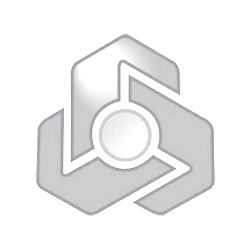
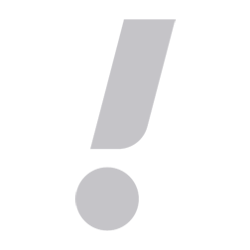


Comments
Frequently Asked Questions